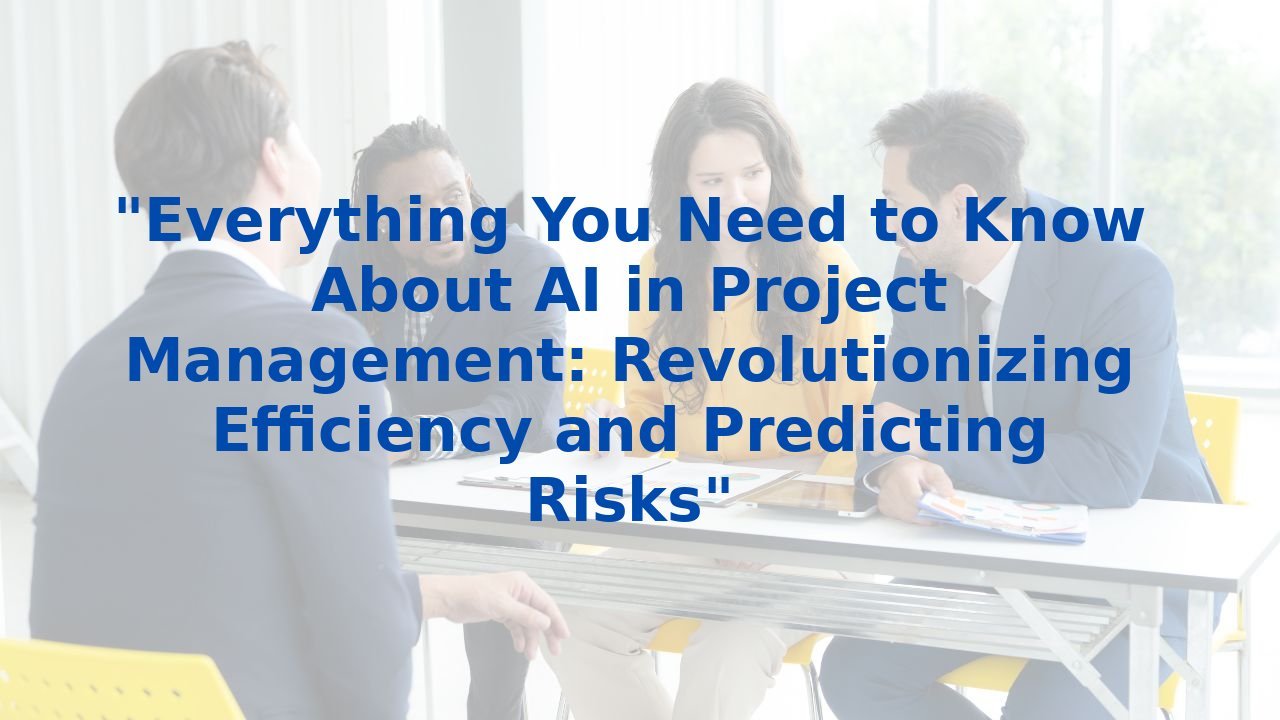Embracing Age Diversity in the Workplace: A Guide to Unlocking Business Success
Embracing Age Diversity in the Workplace: A Guide to Unlocking Business Success
Introduction
In an era where competition is fierce, fostering an age-diverse workforce is not just a nicety—it's a necessity. Working with individuals of various ages brings a rich tapestry of perspectives, ideas, and experiences that can elevate an organization to new heights. Today, we explore the manifold benefits of age diversity in the workplace and how embracing it can lead to significant business success. Moreover, we will delve into how artificial intelligence (AI) can play a pivotal role in optimizing these benefits.
The Benefits of an Age-Diverse Workforce
Increased Productivity
It’s no coincidence that the most productive teams are often those composed of individuals from different age groups. Older workers come equipped with invaluable experience, leadership skills, and institutional knowledge. Meanwhile, younger team members often possess high adaptability in technology and modern communication methods. This unique blend fosters an atmosphere where innovative solutions thrive, and productivity soars.
Improved Skill Diversity
Employees of different ages are not just diverse in experience; they also bring a rich variety of skill sets to the table. While older generations might excel in problem-solving, younger staff often inject fresh ideas and technological insights. This confluence of varied skills not only fuels creativity but also leads to more effective problem-solving frameworks.
Mentorship Opportunities
Age diversity facilitates inter-generational mentorship, providing avenues for professional growth that can be mutually beneficial. Younger employees can enable their older colleagues to navigate new technologies, while older workers can mentor younger ones in leadership and nuanced decision-making. This dynamic creates a fertile ground for personal and professional development, enhancing employee retention.
Enhanced Employee Retention
Studies have shown that organizations embracing age diversity tend to enjoy higher levels of employee engagement. In fact, employees aged 50 and above often exhibit the highest engagement scores. Engaged employees are less likely to leave, which reduces turnover costs and strengthens workplace culture.
Inclusive Work Environment
By implementing tailored benefits and flexible work arrangements, businesses can foster an inclusive work environment that supports every employee, regardless of age. Such measures can empower parents, students, and seasoned professionals alike, ultimately creating a more balanced workplace.
Managing Age Diversity in the Workplace
Understanding Generational Differences
A comprehensive understanding of the diverse expectations and backgrounds of various age groups is key to managing a multi-generational workforce. This awareness informs recruitment strategies, employee benefits packages, and performance evaluation methods tailored to meet the aspirations of all employees.
Cross-Generational Collaboration
Promoting cross-generational collaboration through mentorship programs can maximize learning opportunities and prepare employees for future challenges. These initiatives can create a culture of mutual respect and understanding, leading to a more cohesive work environment.
Inclusive Hiring Practices
By adopting blind hiring practices, businesses can eliminate age biases from their recruitment processes. This approach not only broadens the talent pool but also fosters an inclusive culture that encourages positive workplace interactions.
Supportive HR Policies
Updating HR policies to support a diverse age demographic is essential. Consider offering loan repayment assistance for younger employees or flexible arrangements for those with family responsibilities. At the same time, value the knowledge and experience of older employees. Such holistic support mechanisms stabilize the workforce and foster loyalty.
Leveraging AI to Enhance Age Diversity
AI in Recruitment
Integrating AI into recruitment can revolutionize how businesses identify and hire talent. By using algorithms to analyze resumes without bias, companies can focus on skills and experience rather than age, thus cultivating a rich and diverse talent pool.
AI in Training
Implementing AI-based training programs can enhance workforce adaptability. Employees equipped with AI-related skills are more prepared for the future, contributing to a performance boost and higher levels of enthusiasm and engagement. Offering comprehensive training options can pave the way for a skilled workforce prepared to tackle modern challenges.
AI in Performance Evaluation
AI can ensure that performance evaluations are more objective. By scrutinizing data and performance metrics rather than personal biases, businesses can enhance employee performance and morale by providing constructive, personalized feedback.
Conclusion
Embracing age diversity within the workplace is not merely a trend but a strategic advantage that can unlock immense potential for organizations. By recognizing and nurturing the benefits that come from diverse perspectives, businesses can cultivate a culture rich in innovation and collaboration. With the savvy integration of AI into processes such as recruitment, training, and evaluation, organizations can further amplify these gains, ensuring a thriving, engaged, and multi-generational workforce. In this journey of transformation, challenges will become opportunities, and age diversity will lead the way to a successful business future.



